Elite teenagers pushed to the limit in grinding 39-week season

Elite talented youngsters are putting their bodies on the line for almost 40 matches a season at three different levels of competition. Many people are familiar with the TAC Cup and its National Championships in which players are picked to represent Vic Metro and Vic Country against other state under 18s sides. One competition that may be foreign to some is that of the Associated Public Schools (APS) football league.
The APS is one of the most prominent schoolboy competitions throughout Australia. With 11 schools competing for a premiership each year, it serves to be a cut-throat competition that can make or break a school’s season in one week. 10 games and a bye week spread out over two school terms, each school plays each other once.
To win the premiership your school must finish on top of the table, with no finals or play-off type games to decide the overall winner. In a case that two teams finish with the same record then it’s decided by head-to-head record. For example if both Brighton Grammar and St Kevin’s finish on nine wins and one loss, except St Kevin’s loss is to the hands of Brighton Grammar, so Brighton are declared premiers.
There have been three-way ties when three schools have all finished on the same record having beaten each other. Potentially for this example, Brighton Grammar might beat St Kevin’s, St Kevin’s beats Xavier and Xavier beats Brighton Grammar. For this scenario, all three sides are declared premiers.
Private school rules promote the schoolboy competition above TAC Cup, only State and National competitions take precedence over the APS, leaving many strong junior footballers to represent their school over their TAC Cup side. This causes problems for selection for both leagues, as TAC Cup sides like Sandringham Dragons and the Oakleigh Chargers who have the predominant amount of APS players because of their area.
The APS fixture starts later than the TAC Cup fixture so players are torn between pre-season for school and playing competitive games early in the season. This causes problems as there are often many different tactics involved in the separate teams, which can be confusing for the junior footballers.
Ultimately the players can play up to a month of TAC Cup before going back to the APS to play seven to eight games for their school. Then the June/July holidays come around and players are back at TAC Cup level for up to a couple of weeks depending on the fixture. Then it is back to the APS for two or three more rounds to finish the APS season. Finally the TAC cup get the schoolboy players for the rest of their season, usually about three games and then if they are good enough, to play finals.
As confusing as it gets, the focus and energy the footballers need to generate going back and forth between teams leaves the students tired and worn out by the end of the season. Including practise games, National trials/carnivals, APS season, TAC Cup season, APS vs AGS game and TAC Cup finals, some players were involved in up to 39 consecutive weeks of football.
One such example was Sandringham’s Elliot LeGrice who managed to play 35 matches throughout the whole season for Brighton Grammar, Sandringham Dragons and Vic Metro. While his name wasn’t called out on draft night, the 19 year old has signed up with Sandringham’s VFL affiliate the Zebras, this year.
In comparison, the AFL season, including practise games and making it to the Grand final would result in 29 games, spread out over 33 weeks. To put this in perspective, if Dustin Fletcher had played the same amount of matches across his 22 AFL seasons (excluding finals), he’d be notching up game 770 at the end of this season.
For an 18 year old to compete week in and week out for 39 weeks in a row, for multiple teams, seems like a very serious task throughout the course of a VCE year. It’s a tough year for those talented elite young footballers aspiring to play in the AFL.

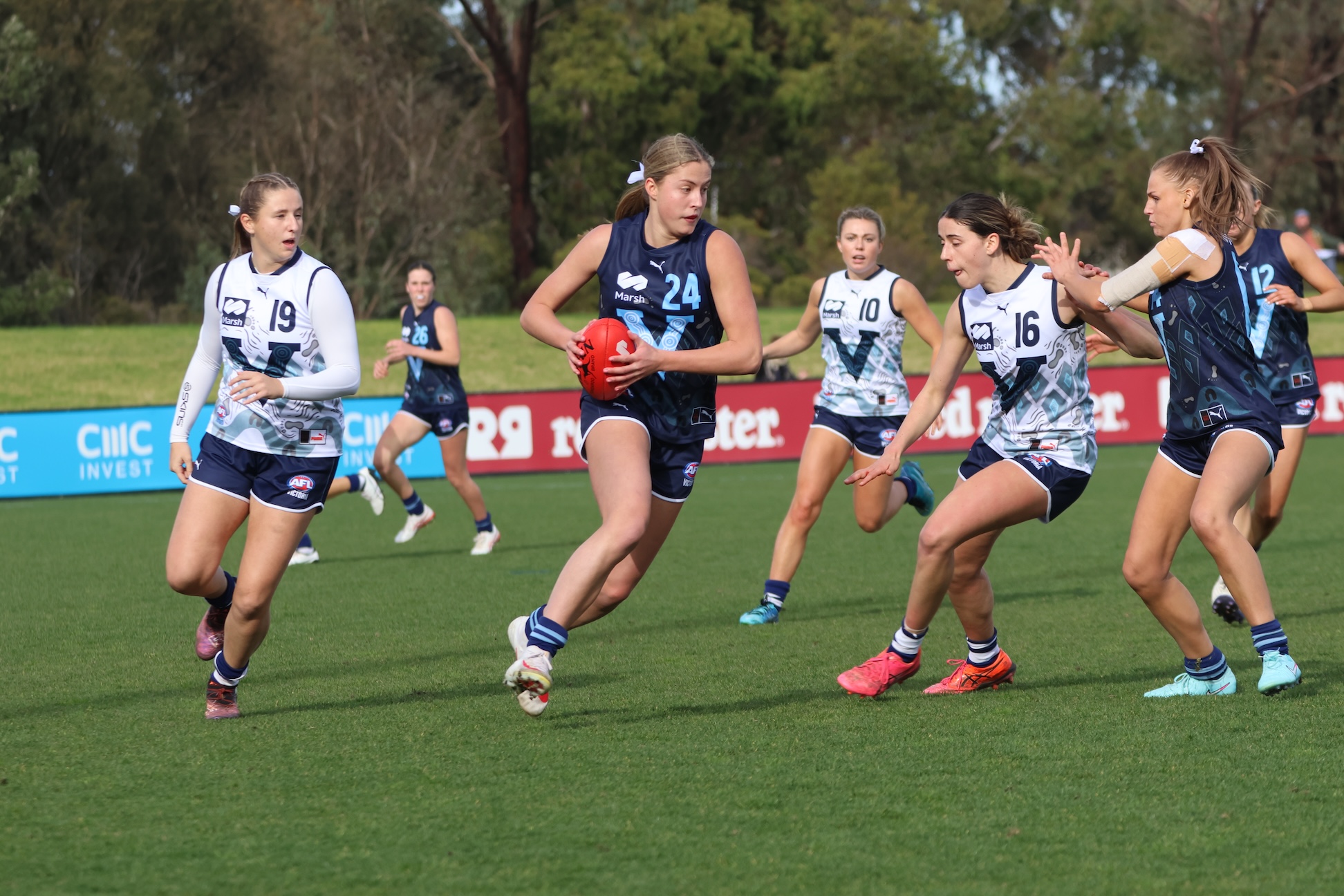
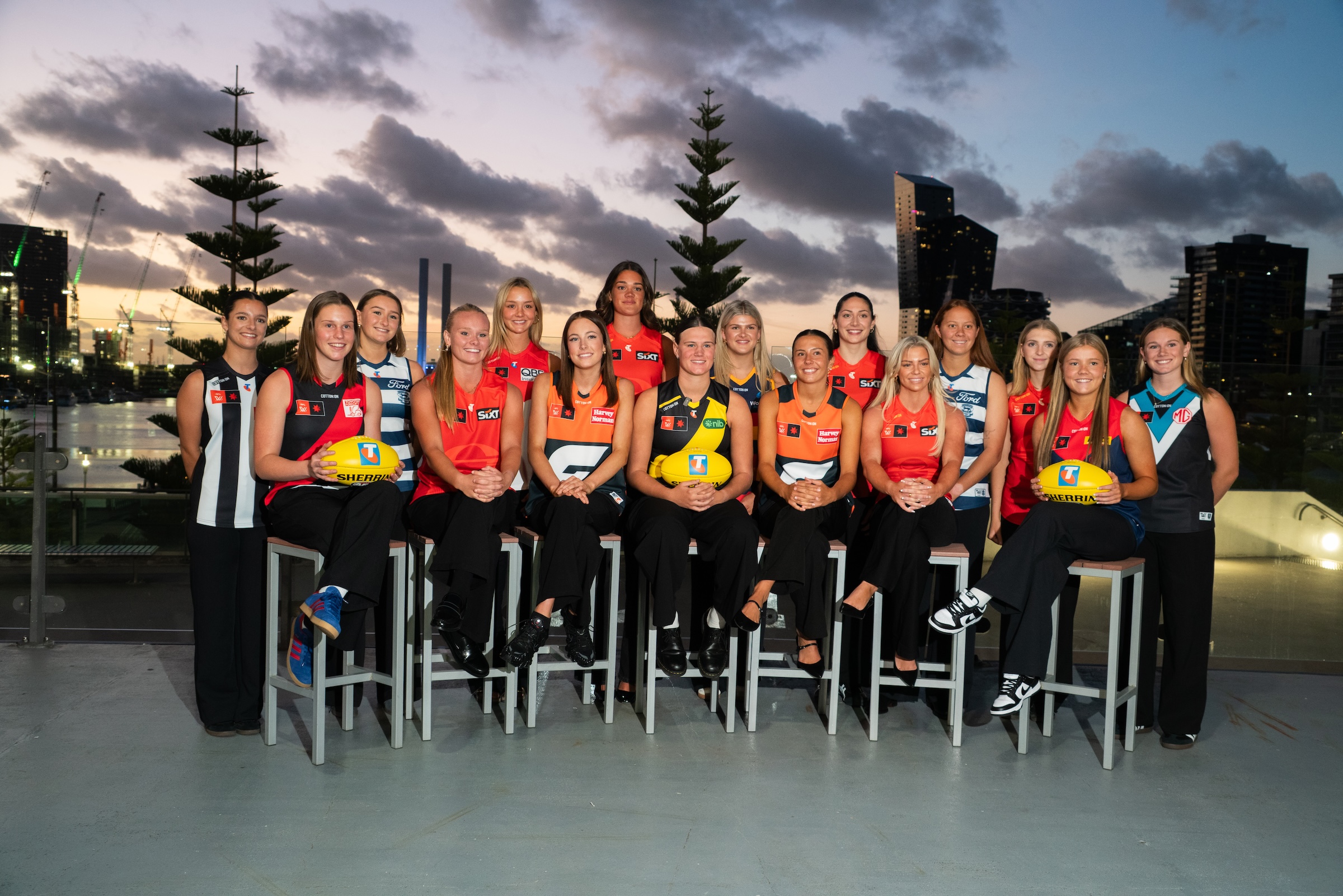
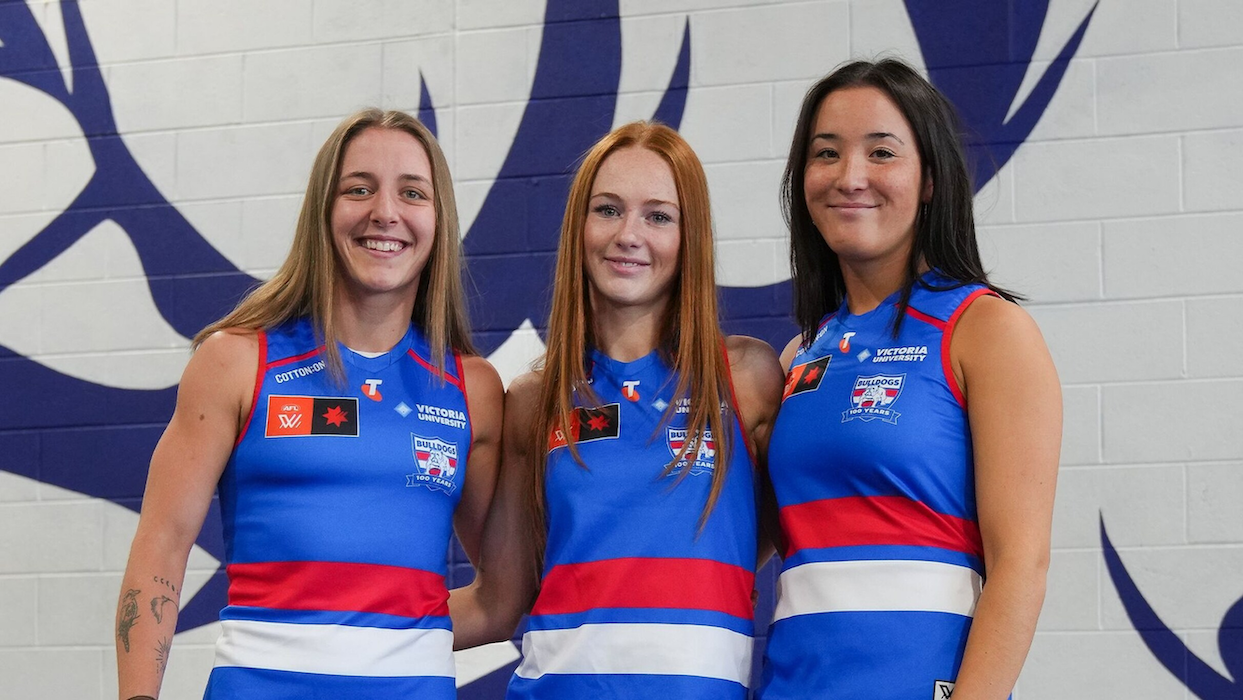
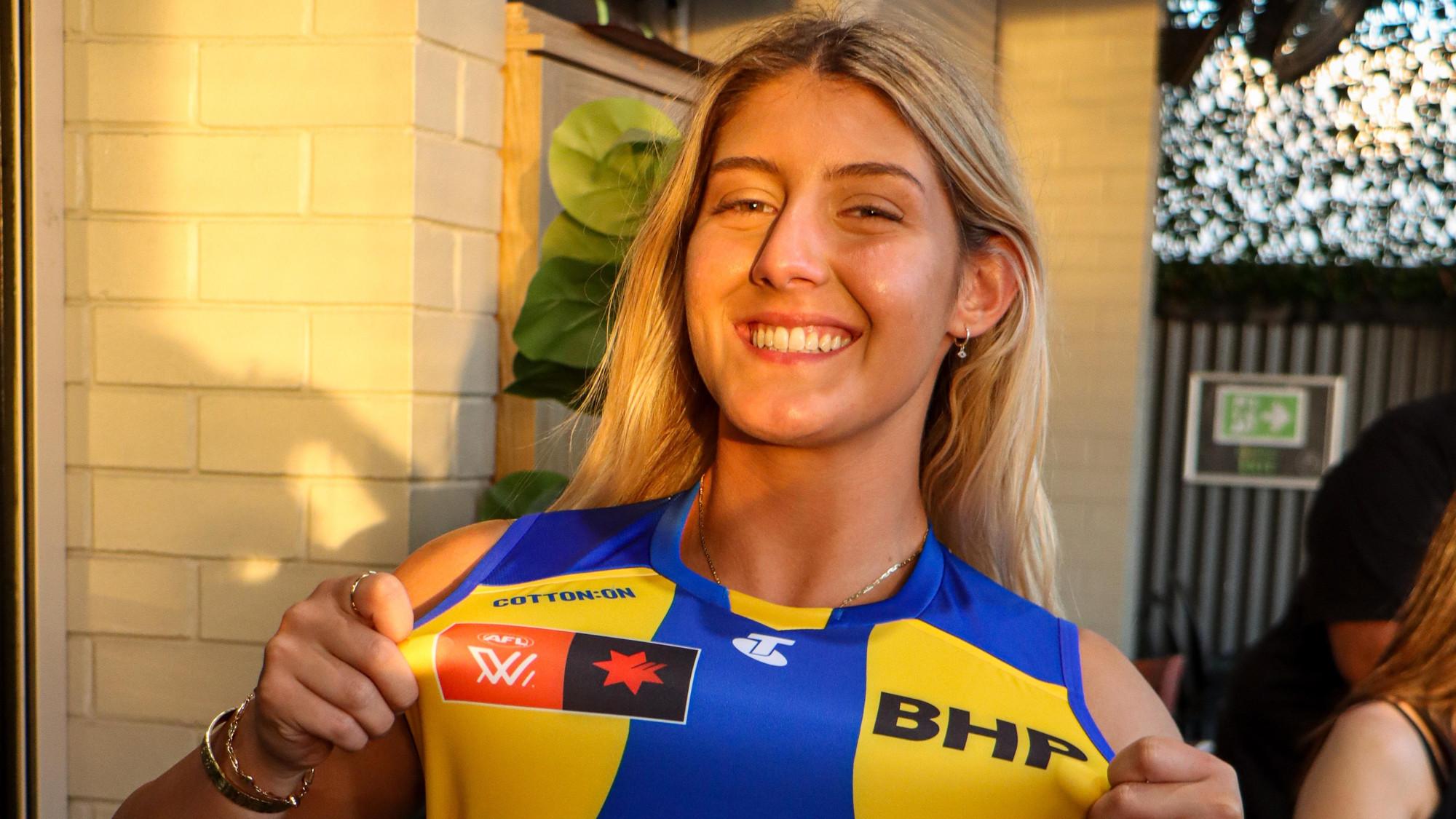
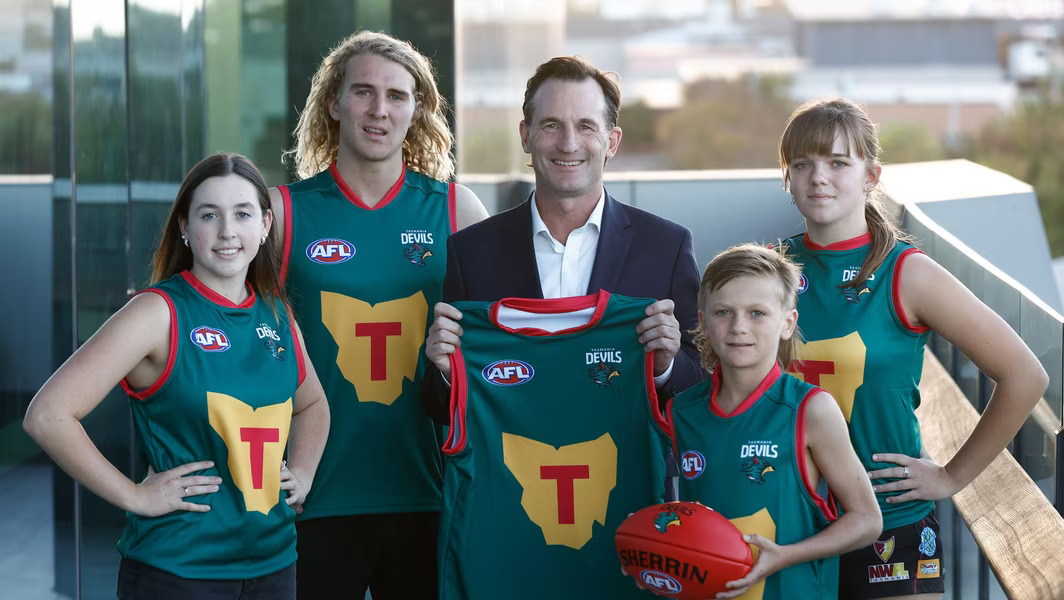
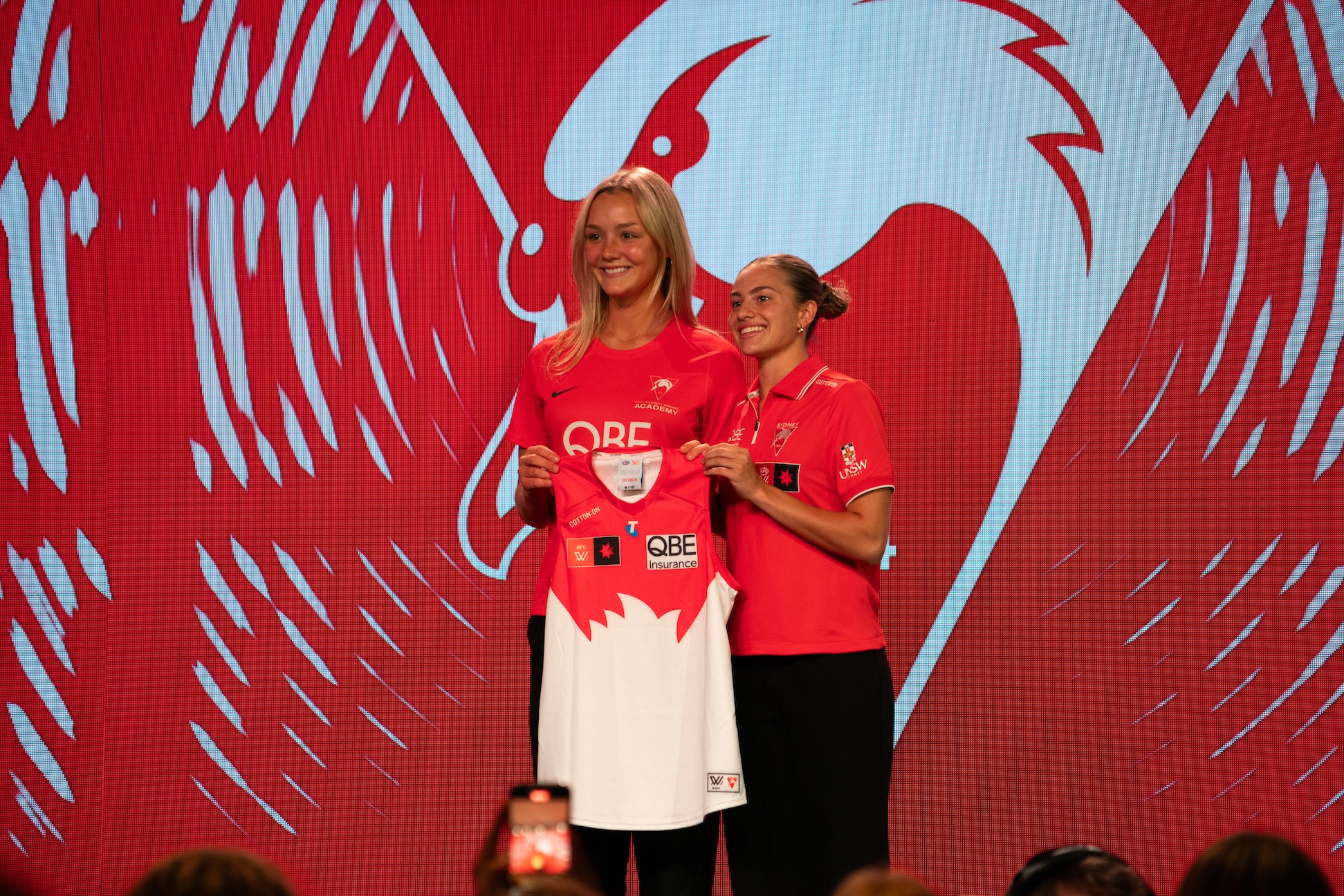
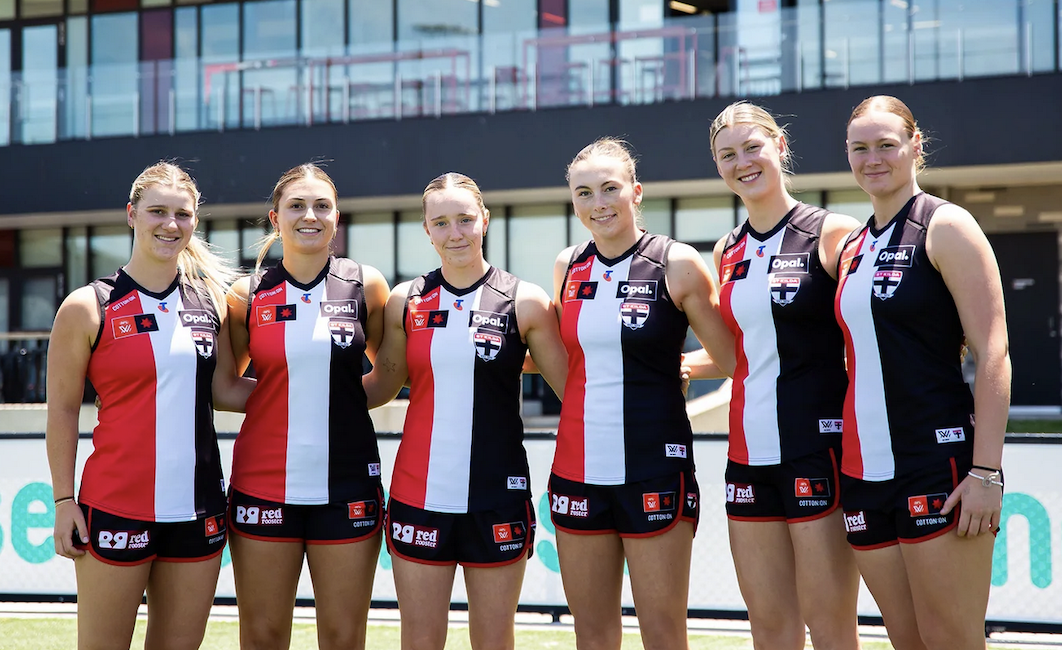
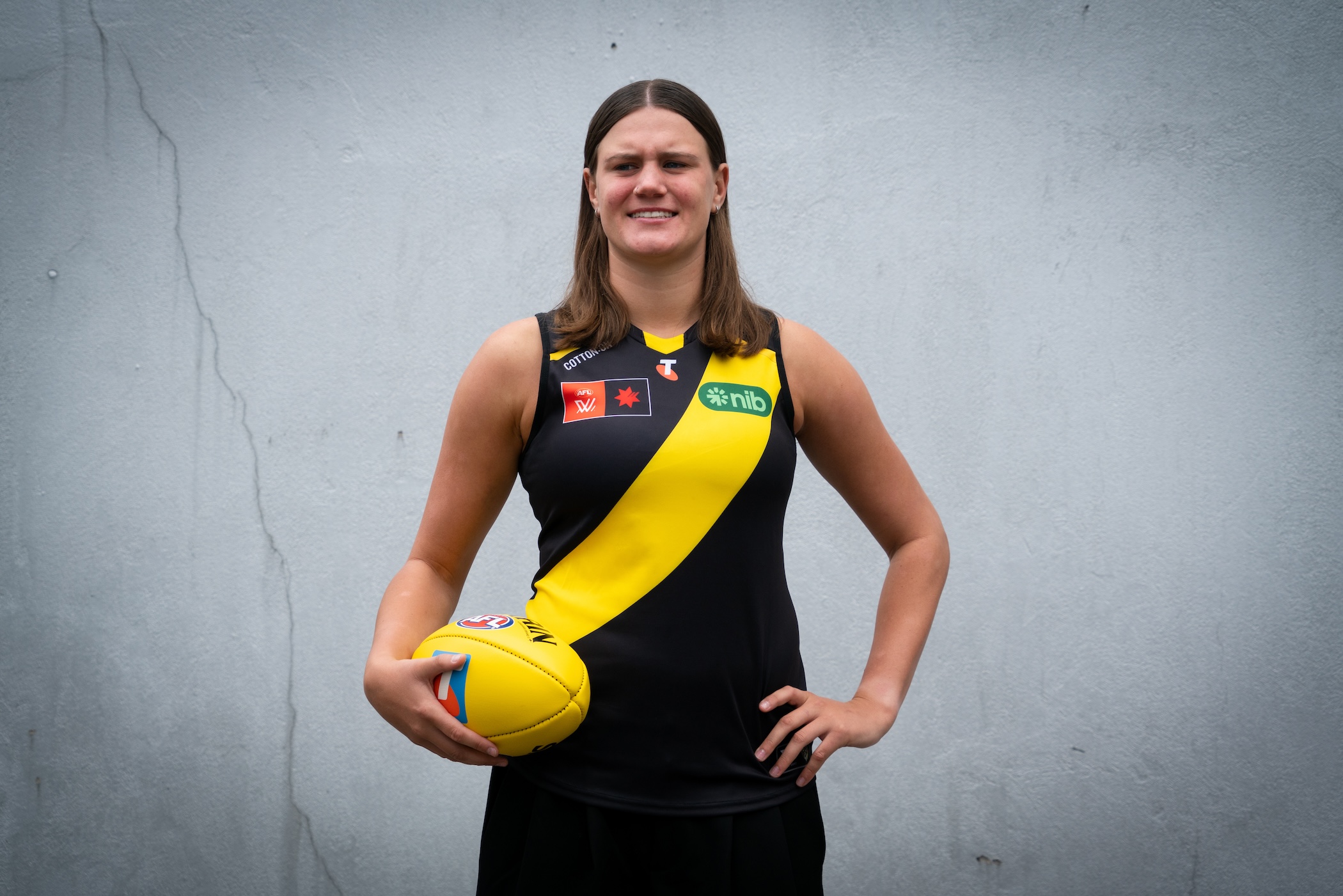
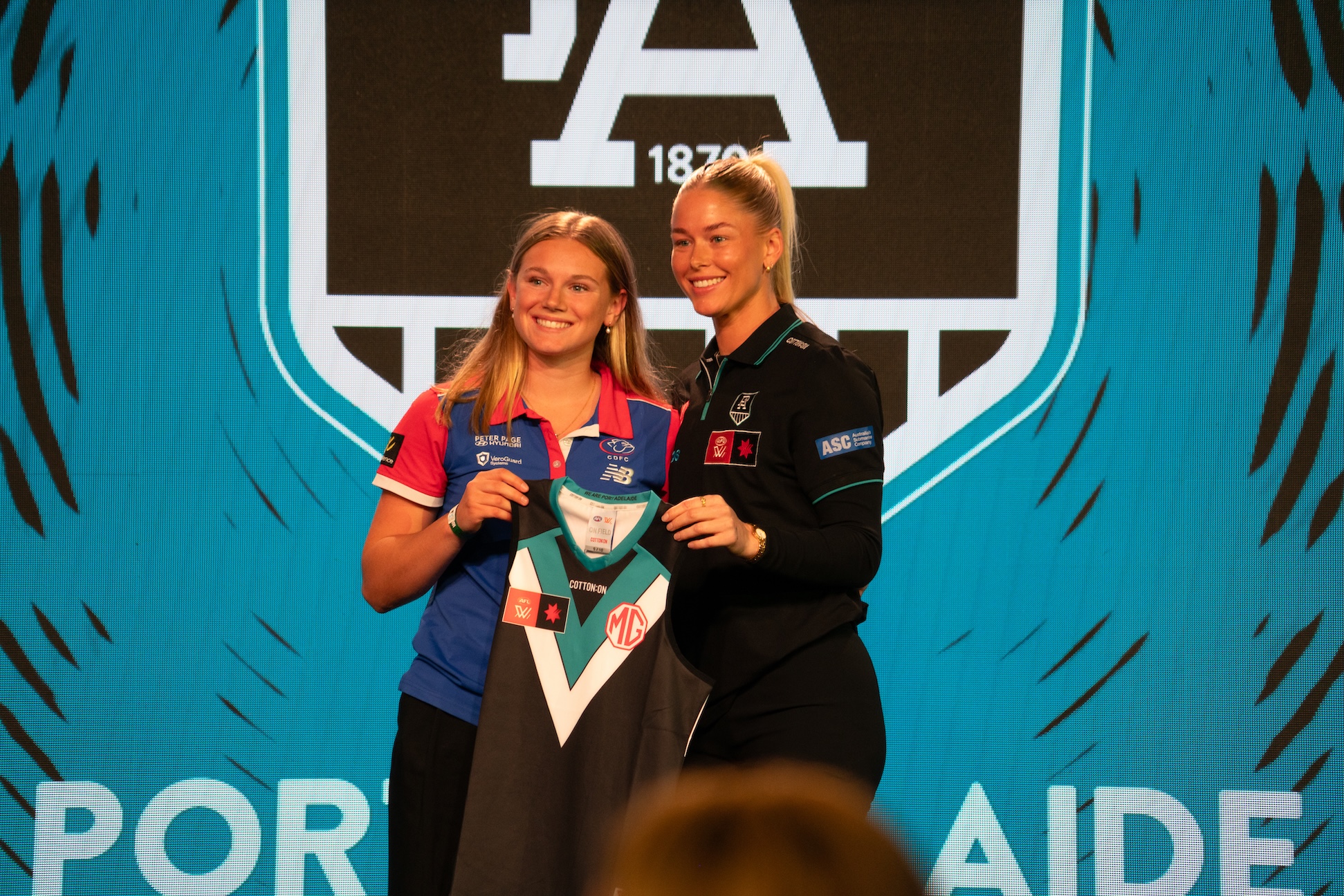
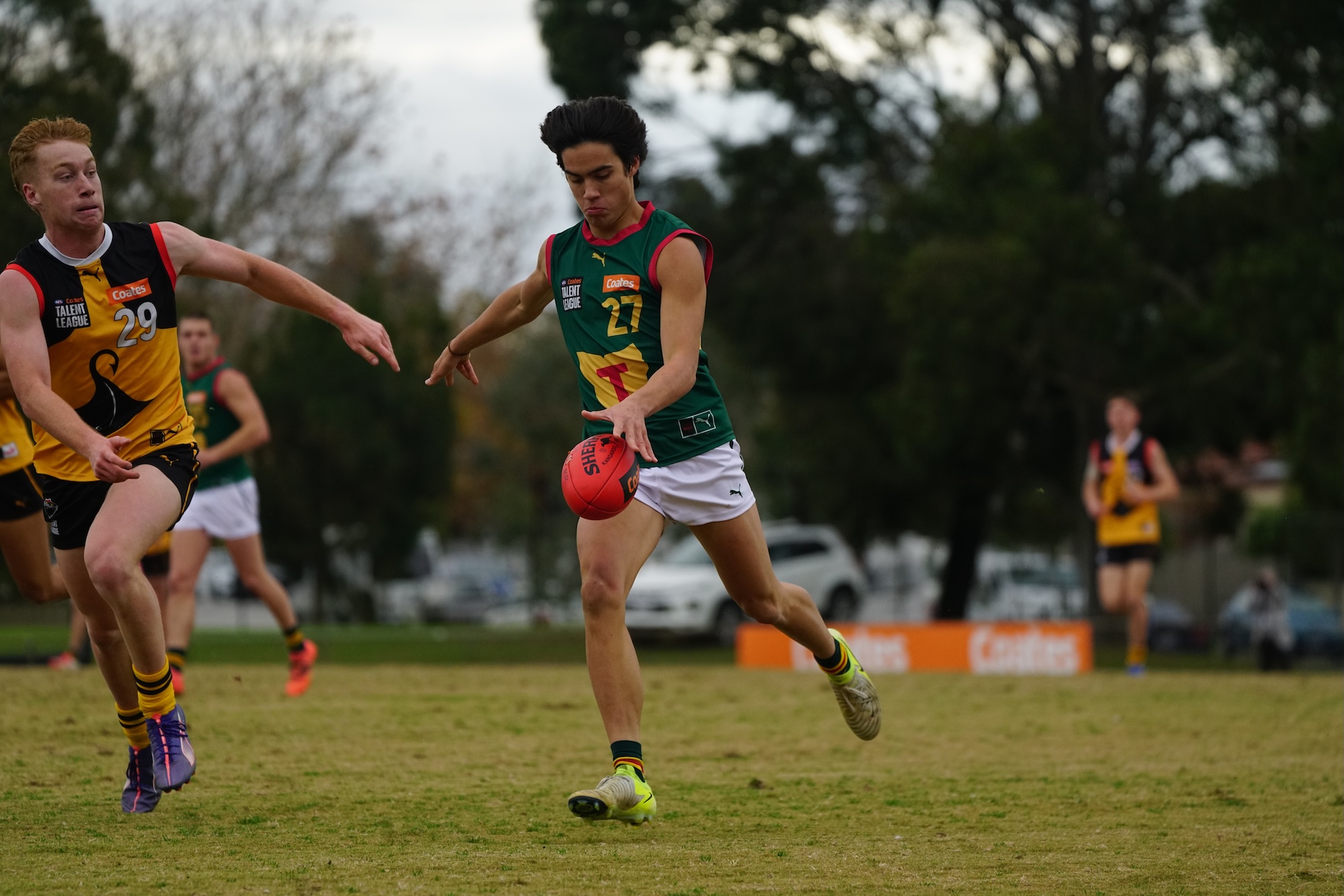
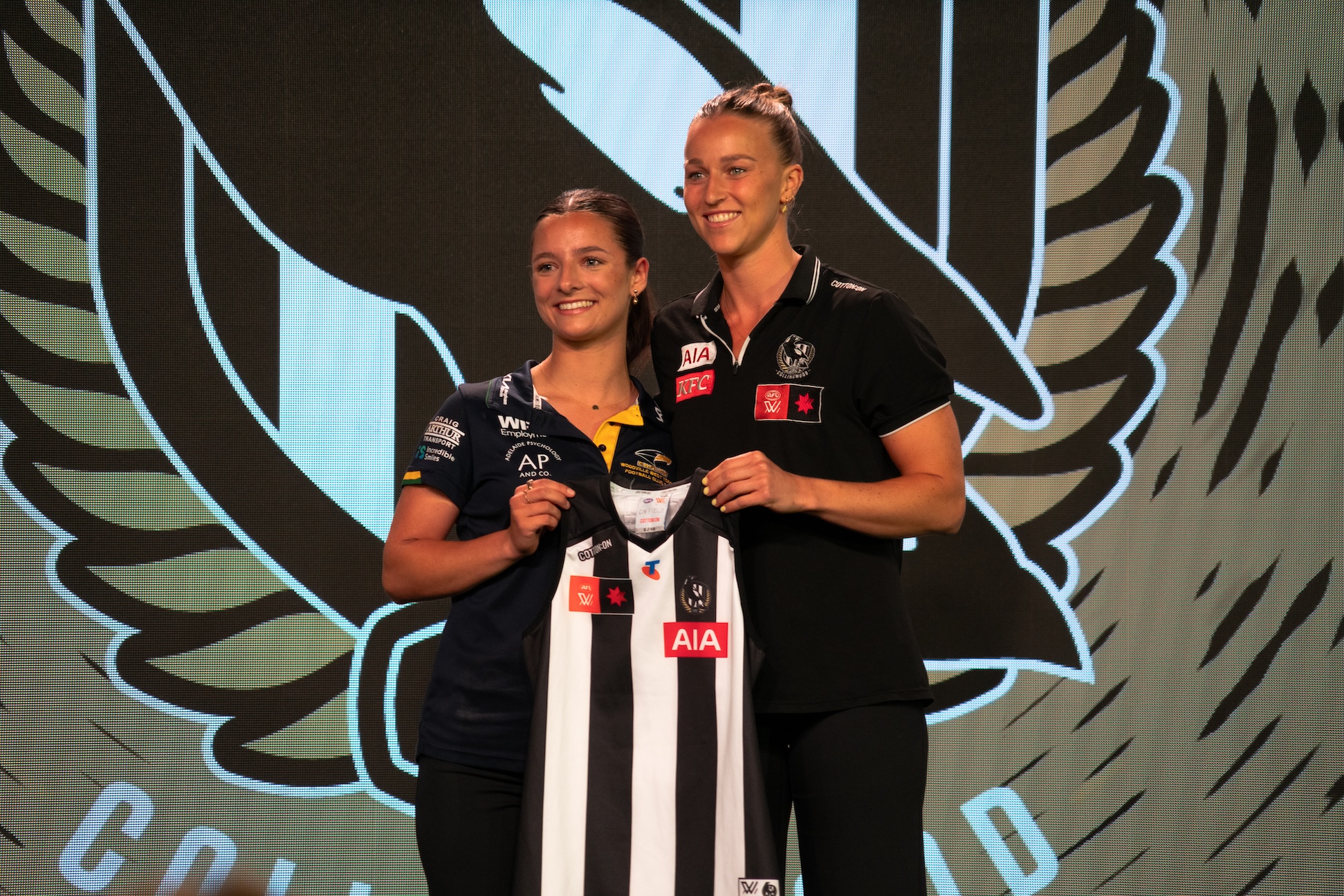

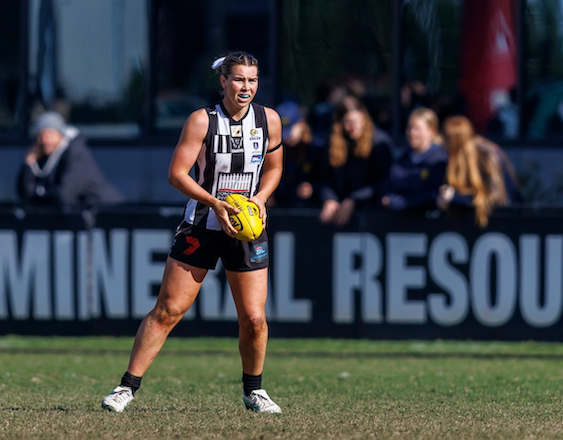
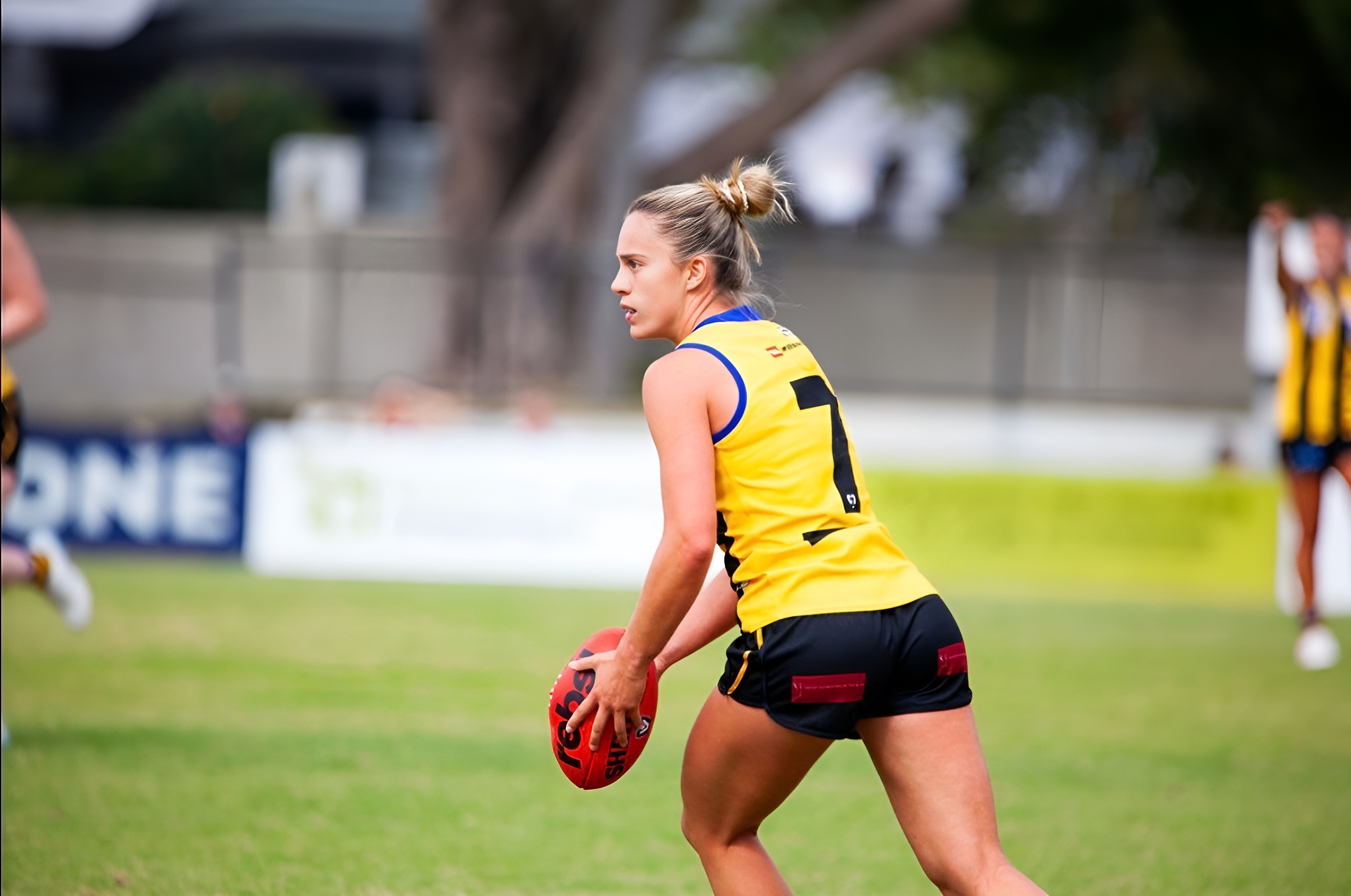
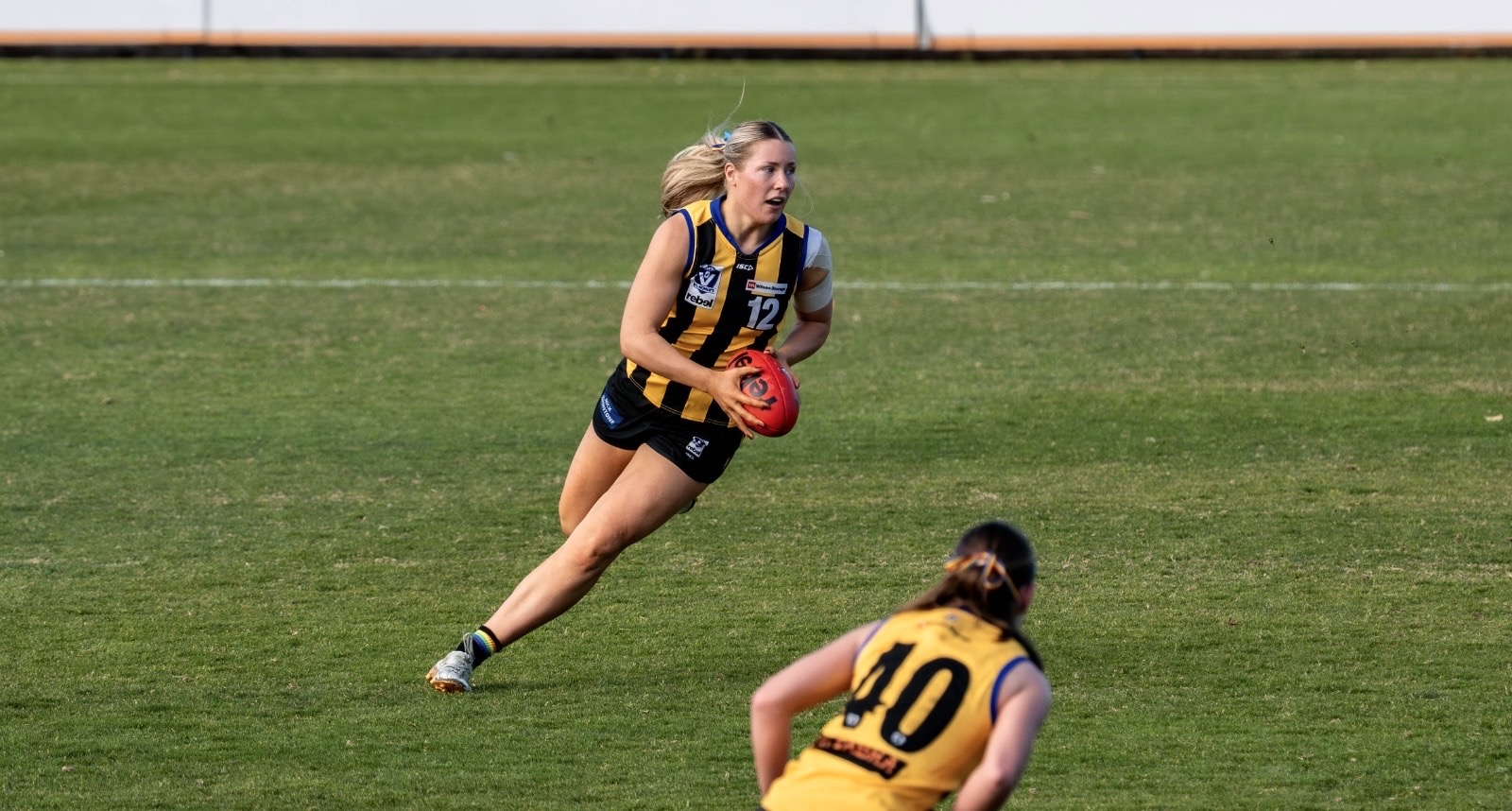
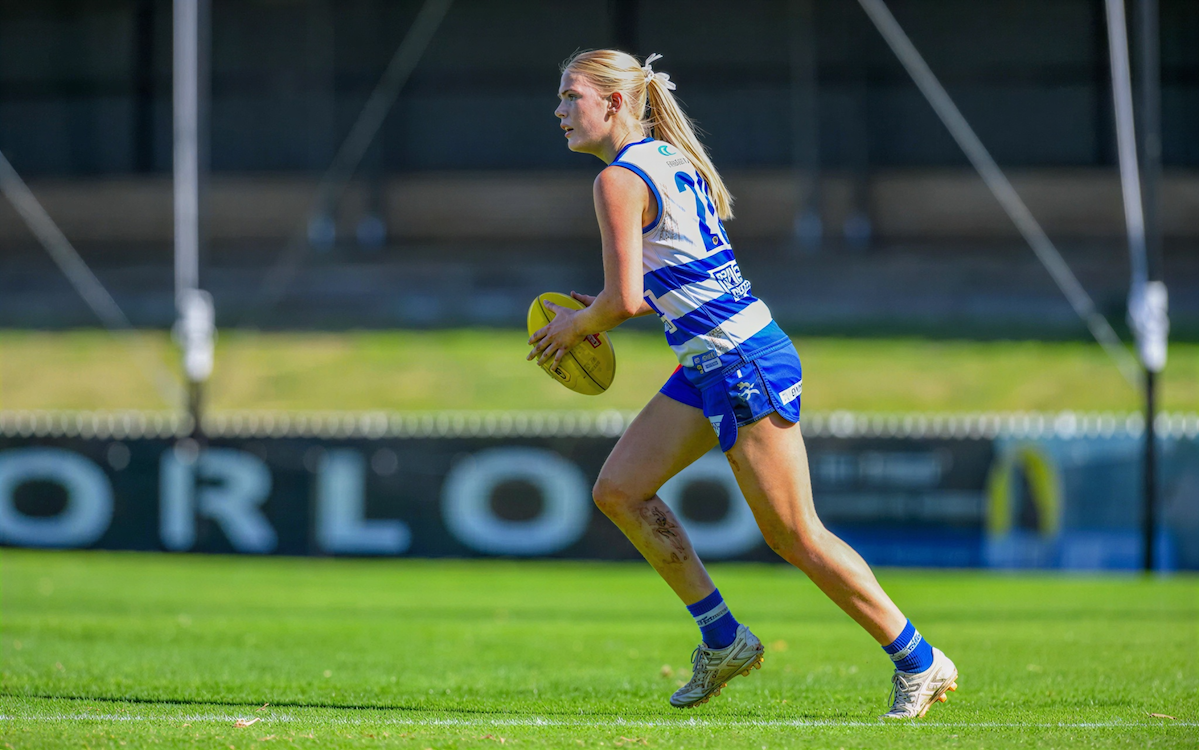
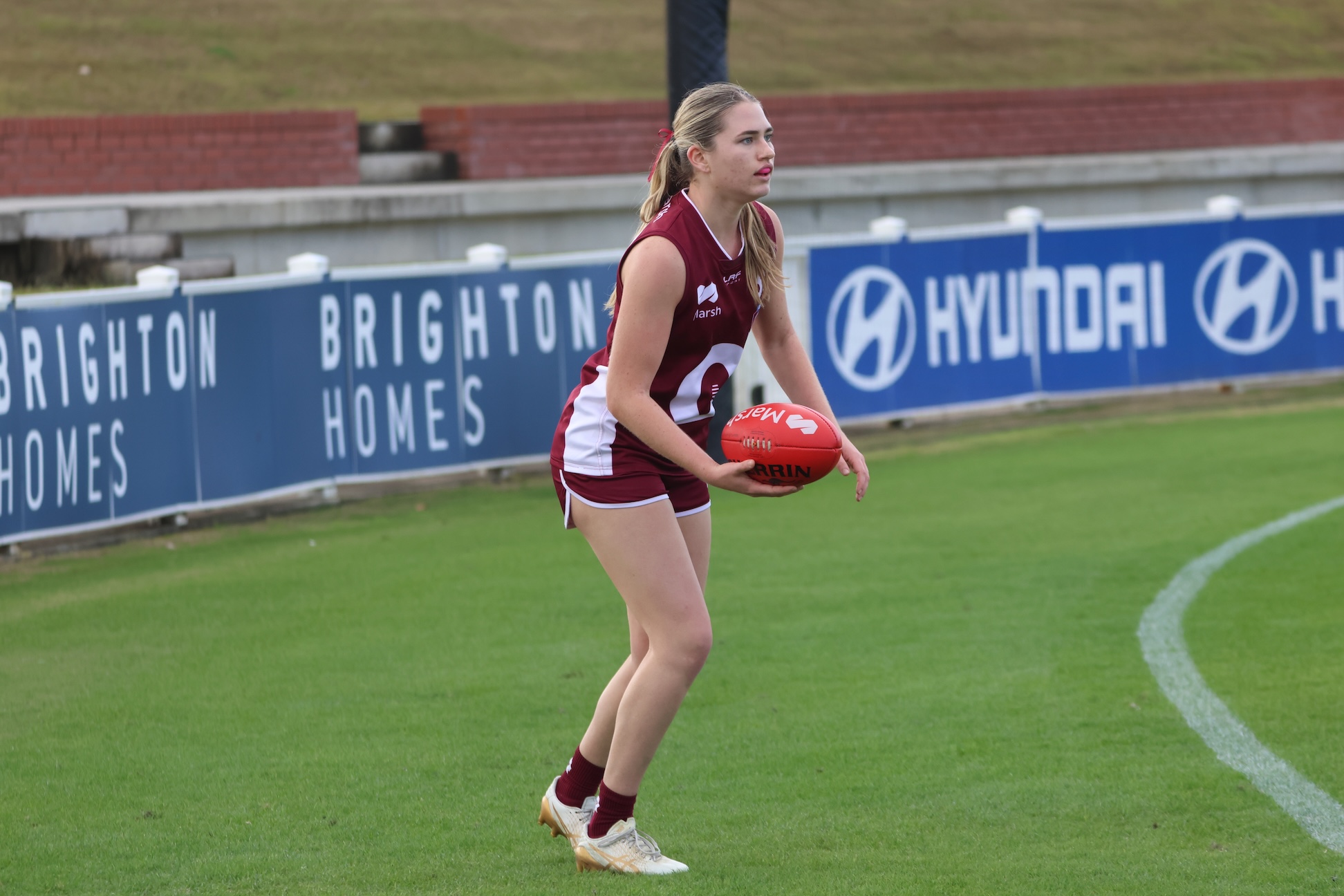
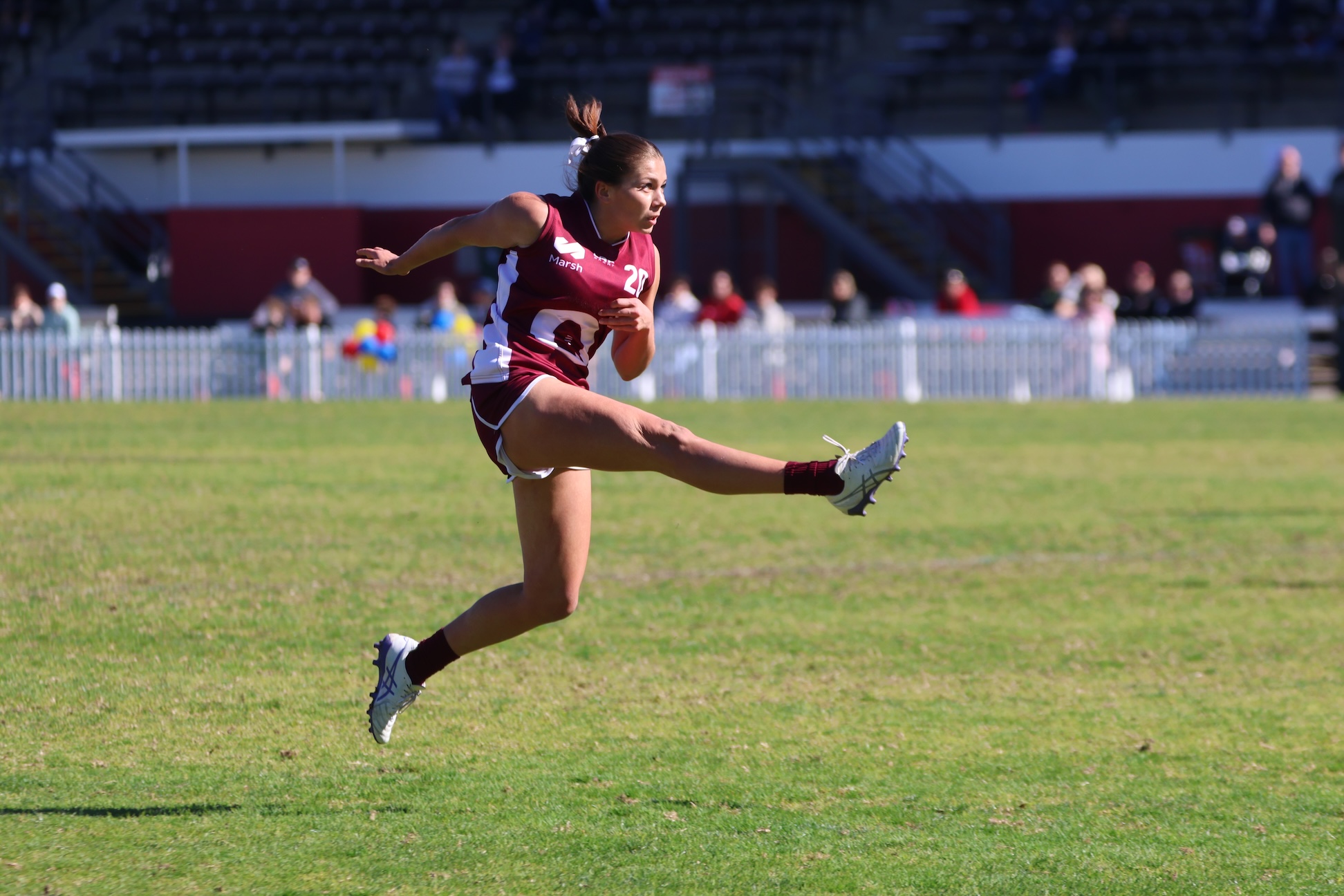
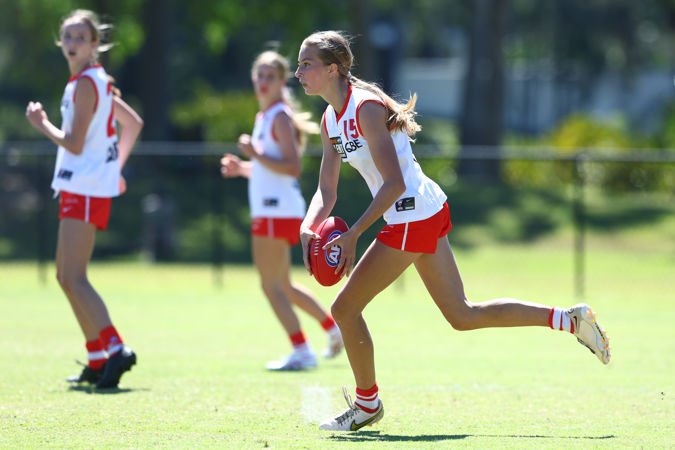
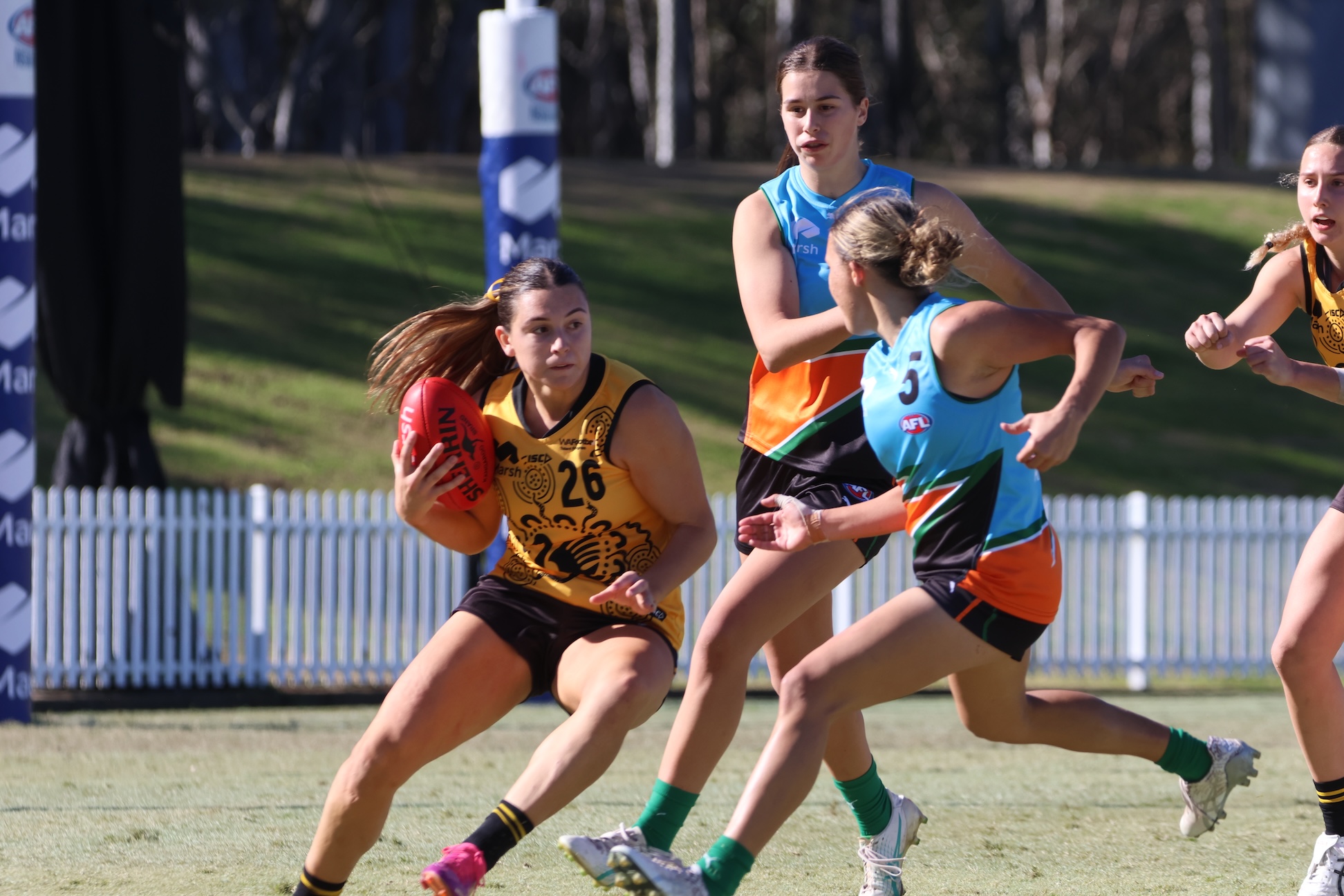
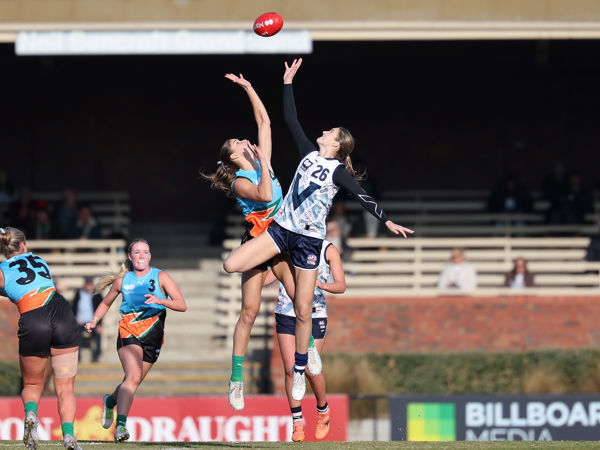
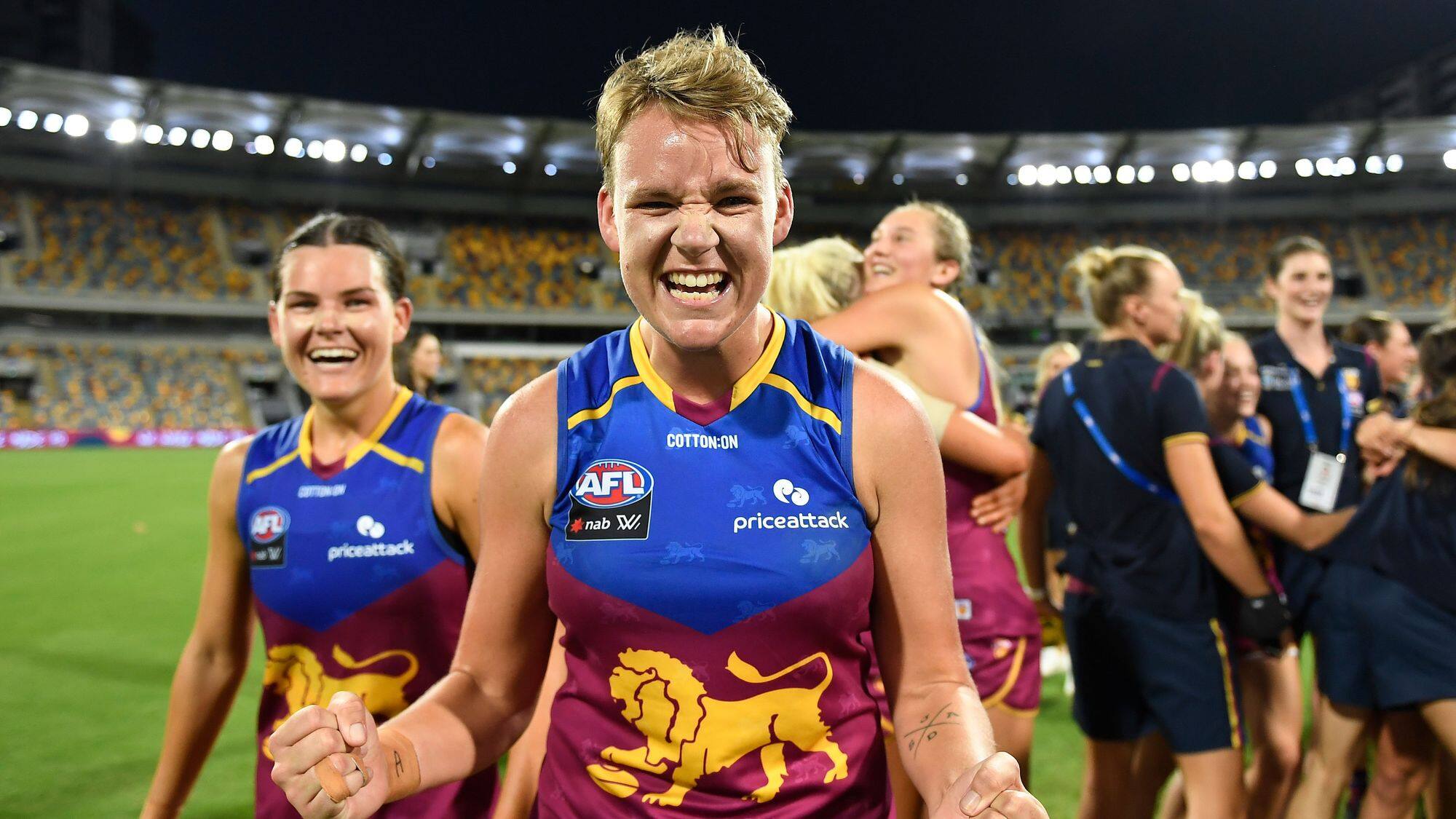
Great article hooyza